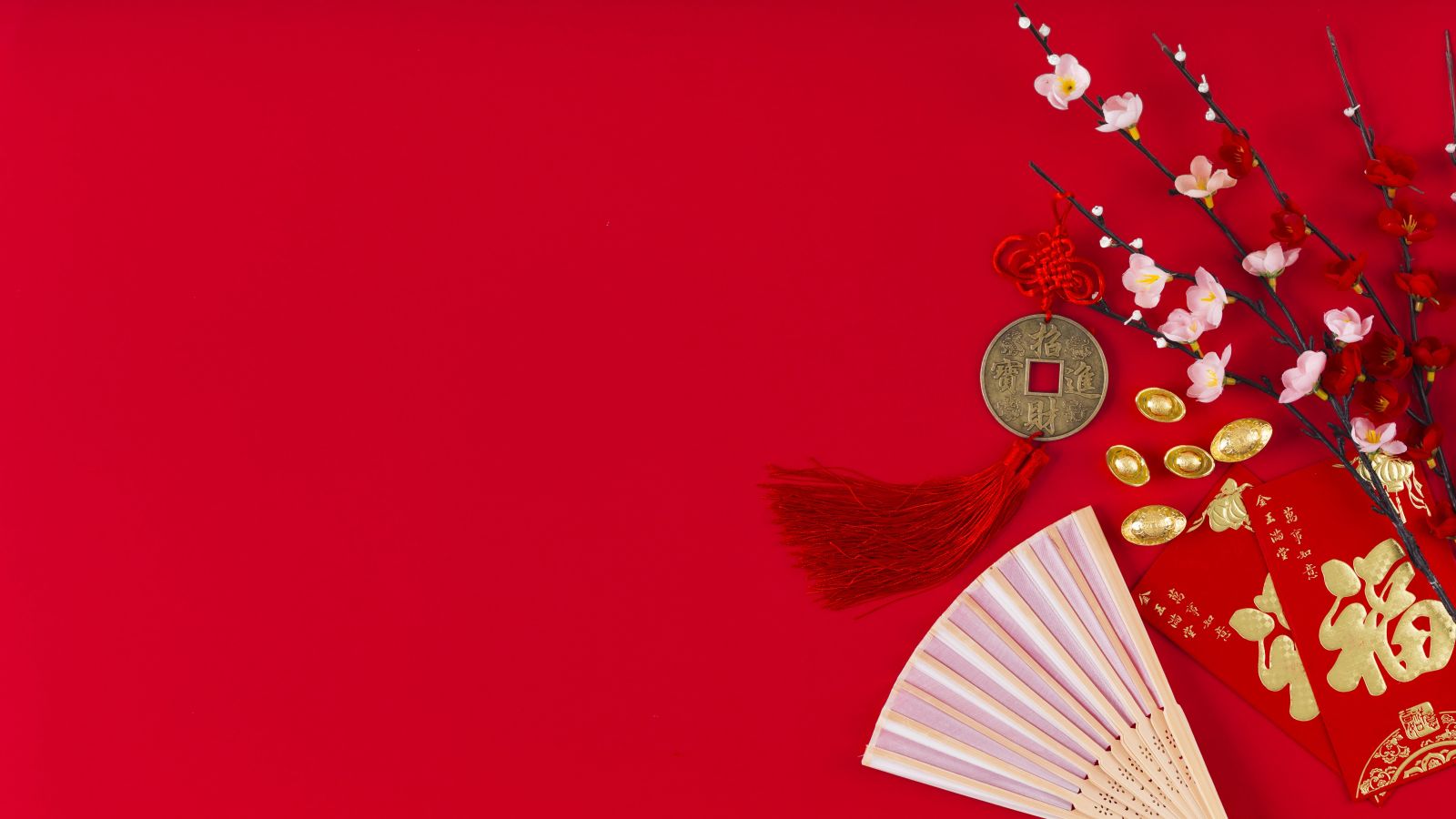Agriculture in China
Agriculture in China
China primarily
China primarily produces rice, wheat, potatoes, tomato, sorghum, peanuts, tea, millet, barley, cotton, oil seed, corn and soybeans.
History
The development of farming over the course of China's history has played a key role in supporting the growth of one of the largest populations in the world.
Archaeology
Analysis of stone tools by Professor Liu Li and others has shown that hunter-gatherers 23,000–19,500 years ago ground wild plants with the same tools that would later be used for millet and rice.
Domesticated millet varieties Panicum miliaceum and Setaria italica may have originated in Northern China.[2] Remains of domesticated millet have been found in northern China at Xinglonggou, Yuezhang, Dadiwan, Cishan, and several Peiligang sites. These sites cover a period over 7250-6050 BCE.[3] The amount of domesticated millet eaten at these sites was proportionally quite low compared to other plants. At Xinglonggou, millet made up only 15% of all plant remains around 7200-6400 BCE; a ratio that changed to 99% by 2050-1550 BCE.[4] Experiments have shown that millet requires very little human intervention to grow, which means that obvious changes in the archaeological record that could demonstrate millet was being cultivated do not exist.
Excavations at Kuahuqiao, the earliest known Neolithic site in eastern China, have documented rice cultivation 7,700 years ago.
Approximately half of the plant remains belonged to domesticated japonica species, whilst the other half were wild types of rice. It is possible that the people at Kuahuqiao also cultivated the wild type.
Finds at sites of the Hemudu Culture (c. 5500-3300 BCE) in Yuyao and Banpo near Xi'an include millet and spade-like tools made of stone and bone. Evidence of settled rice agriculture has been found at the Hemudu site of Tianluoshan (5000-4500 BCE), with rice becoming the backbone of the agricultural economy by the Majiabang culture in southern China.
According to the Records of the Grand Historian some female prisoners in historic times were given the punishment to be "grain pounders" (Chinese: 刑舂) as an alternative to more severe corporal punishment like tattooing or cutting off a foot. Some scholars believe the four or five year limits on these hard labor sentences began with Emperor Wen's legal reforms.
There is also a long tradition involving agriculture in Chinese mythology. In his book Permanent Agriculture: Farmers of Forty Centuries (1911), Professor Franklin Hiram King described and extolled the values of the traditional farming practices of China.
Farming method improvements
Farming in China has always been very labor-intensive. However, throughout its history, various methods have been developed or imported that enabled greater farming production and efficiency. They also utilized the seed drill to help improve on row farming.
During the Spring and Autumn period (722–481 BC), two revolutionary improvements in farming technology took place.
One was the use of cast iron tools and beasts of burden to pull plows, and the other was the large-scale harnessing of rivers and development of water conservation projects. The engineer Sunshu Ao of the 6th century BC and Ximen Bao of the 5th century BC are two of the oldest hydraulic engineers from China, and their works were focused on improving irrigation systems.
These developments were widely spread during the ensuing Warring States period (403–221 BC), culminating in the enormous Du Jiang Yan Irrigation System engineered by Li Bing by 256 BC for the State of Qin in ancient Sichuan.
For agricultural purposes the Chinese had invented the hydraulic-powered trip hammer by the 1st century BC, during the ancient Han dynasty (202 BC-220 AD).
Although it found other purposes, its main function was to pound, decorticate, and polish grain that otherwise would have been done manually. The Chinese also innovated the square-pallet chain pump by the 1st century AD, powered by a waterwheel or oxen pulling on a system of mechanical wheels.
Although the chain pump found use in public works of providing water for urban and palatial pipe systems, it was used largely to lift water from a lower to higher elevation in filling irrigation canals and channels for farmland.
Chinese ploughs from Han times on fulfil all these conditions of efficiency nicely, which is presumably why the standard Han plough team consisted of two animals only, and later teams usually of a single animal, rather than the four, six or eight draught animals common in Europe before the introduction of the curved mould-board and other new principles of design in the + 18th century. Though the mould-board plough first appeared in Europe in early medieval, if not in late Roman, times, pre-eighteenth century mould-boards were usually wooden and straight (Fig. 59).
The enormous labour involved in pulling such a clumsy construction necessitated large plough-teams, and this meant that large areas of land had to be reserved as pasture.
In China, where much less animal power was required, it was not necessary to maintain the mixed arable-pasture economy typical of Europe: fallows could be reduced and the arable area expanded, and a considerably larger population could be supported than on the same amount of land in Europe.
https://en.wikipedia.org/wiki/Agriculture_in_China


